The views expressed in our content reflect individual perspectives and do not represent the authoritative views of the Baha'i Faith.
… through the zeal and ardour of the pure of heart, the darkness of hatred and difference will be entirely abolished, and the light of love and unity shall shine; this world shall become a new world; things material shall become the mirror of the divine; human hearts shall meet and embrace each other; the whole world become as a man’s native country and the different races be counted as one race. – Abdu’l-Baha, Abdu’l-Baha in London, p. 38.
I got my first impression of Memphis from the 1963 hit song, “Memphis Tennessee” by Johnny Rivers, a cover of a Chuck Berry track recorded in 1959. Only today did I learn — 52 years later — that this is not a romantic love song or a traditional “blues” tune as I formerly assumed. It’s a different kind of love song. It’s about a divorced father trying to get return a phone call from his dearly missed daughter, Marie, six years old, who had tried to reach out to her father. The father laments how the rift between he and his former wife “tore apart our happy home in Memphis Tennessee.”
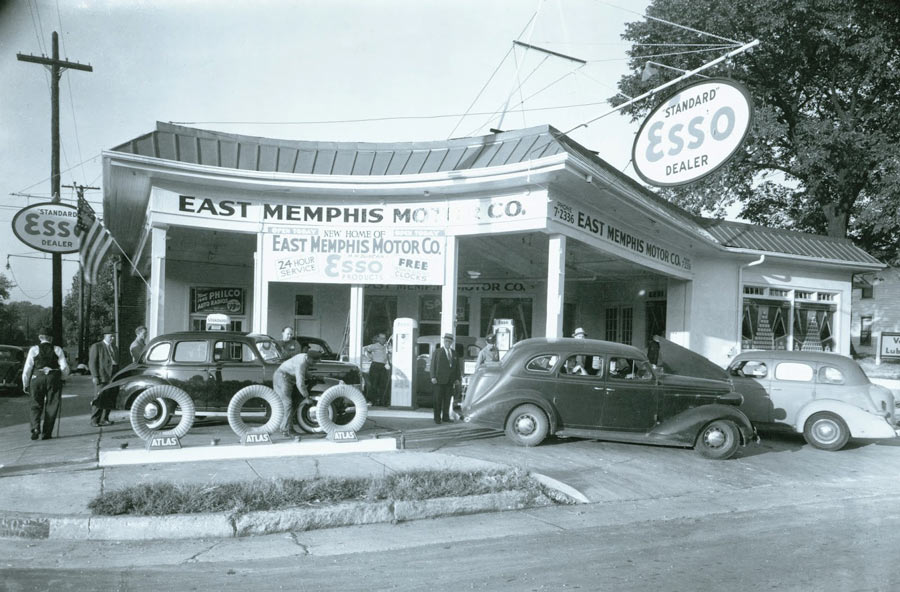
The Baha’i teachings proclaim the universal truth that we are one human family. Easy to say, hard to do. Like the estranged father and mother of little Marie, the human family is also torn apart by racial, ethnic and religious strife. The sad truth and bitter irony? We are a long way from social solidarity on a global scale. In Memphis, in the year 1917, the contrast was even more pronounced.
That was the year of the “Negro Silent Protest Parade,” organized by the NAACP in Harlem. On July 28, some 10,000 African Americans marched in silence, to the funereal beat of muffled drums, down Fifth Avenue to protest the brutal lynching of African Americans, which included the lynching of Ell Persons:
Local newspapers frequently described a spectacle or celebratory atmosphere that accompanied lynchings. Announcements and promotions of lynchings prior to their occurrence were printed in newspapers or spread by word of mouth via railroad conductors. . . . Tennessee’s “greatest lynching carnival” was held in Memphis in May 1917 when Ell Person, the allegedly confessed ax-murderer of a sixteen-year-old white girl, was burned to death in the presence of fifteen thousand men, women, and little children. The mother of the murdered child cheered the mob as they poured oil on the man and set him afire. The Memphis Press said that “the mob fought and screamed and crowded to get a glimpse of him and the mob closed in and struggled about the fire.” – Kathy Bennett, “Lynching.”
For some 50 years, America was the scene of lynchings all across the country. The lynching era spanned five decades, between the end of Reconstruction and the beginning of the Great Depression.
Archives are the treasuries of history, written and unwritten. ln “How One Baha’i Battled Jim Crow,” this letter — dated September 27, 1917 from Alfred E. Lunt to Professor George W. Henderson — drew attention to an extraordinary fact in 1917:
Professor George W. Henderson,
590 St. Paul Ave.,
Memphis, Tenn.My dear Brother:
A word from Brother Gregory [Louis G. Gregory] in Washington [DC] gives the glad news of the formation of an assembly at Memphis of some 60 souls. This is a cause of great joy to the friends here and will be of the utmost importance in the development of the South and their better understanding of the great universal principles of Baha’o’llah [Baha’u’llah]. The writer would dearly love at some future time to visit you in that favored spot and if there is any co-operation we can give from this end of the line, please call upon us. Please convey my Baha’i greetings to the friends of the assembly. – Letter to George W. Henderson from Alfred Lunt, September 27, 1917. Alfred E. Lunt Papers (Box 4). National Baha’i Archives, United States. Courtesy of Lewis V. Walker, Associate Archivist.
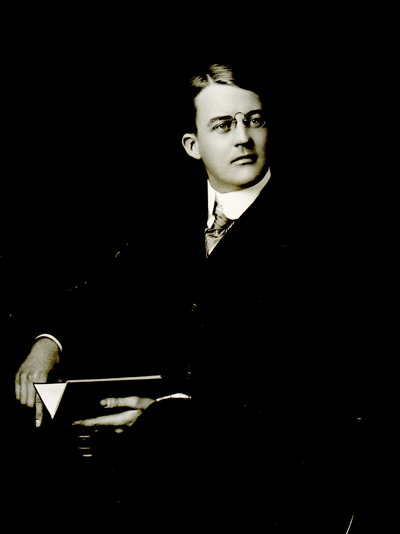
Alfred Eastman Lunt
So who was Alfred Eastman Lunt? A soul brother? No. A white guy? Yes. But extraordinary. In the age of lynching, Alfred Lunt, a Harvard-educated attorney, centered his energies on establishing the Baha’i vision of a racially-harmonious society.
Lunt first heard about the Baha’i Faith at Harvard University, where Dr. Ali Kuli-Khan, a prominent Baha’i, gave a lecture. Lunt later became a lawyer, and served as Solicitor (what today would be Attorney-General) in his native city of Beverly, Massachusetts, and was an associate attorney in a prestigious law firm in Boston. He represented a Baha’i, Miss Sarah J. Farmer, regarding the Green Acre properties in Eliot, Maine. Despite adverse public controversy, Attorney Lunt took the case all the way to the U.S. Supreme Court, and prevailed on behalf of his client. Green Acre later became the first Baha’i summer school in America. Lunt is best-known for saving Green Acre.
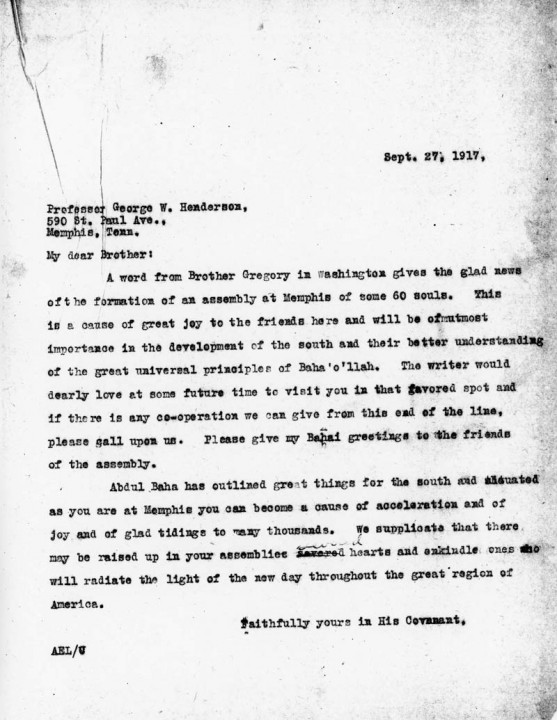
Original letter from Alfred E. Lunt to Professor George W. Henderson (courtesy of the U.S. Baha’i National Archives)
In the press, Lunt’s association with the Baha’i Faith became public. The lead attorney at the law firm where he worked demanded that Lunt choose between his Faith and his continued practice at the firm. So Lunt resigned and opened his own office. He “went solo,” as attorneys say. He did a lot of “pro bono” (“for the good”) legal work and represented underprivileged clients, for free. Lunt later served on the National Spiritual Assembly of the Baha’is of the United States and Canada.
In his letter, Lunt commends Professor Henderson on the “formation of an assembly at Memphis of some 60 souls.” Here, “assembly” means a local Baha’i community. The first listing of Memphis Baha’is appears a decade later in 1927. So, 1917 can be said to be the year that the Baha’i community of Memphis had its inception. At that time we can understand this to mean that 60 people affirmed to Professor Henderson that they embraced the Baha’i teachings of love and unity. That is the most likely scenario, which affirms the spiritual and social significance of this loose-knit association of souls attracted to the Baha’i principles of race unity, predicated on the consciousness of the oneness of humankind.
So, in 1917, a Baha’i “assembly” of believers in interracial harmony was born, in the heyday and height of nationwide racial lynching. For that day and place, the birth of the Memphis Baha’i “assembly” was utterly extraordinary. The contrast could not be more profound.
In the next article in this series, we will look at a 1921 Tablet from Abdu’l-Baha to Louis G. Gregory — and to Professor Henderson.


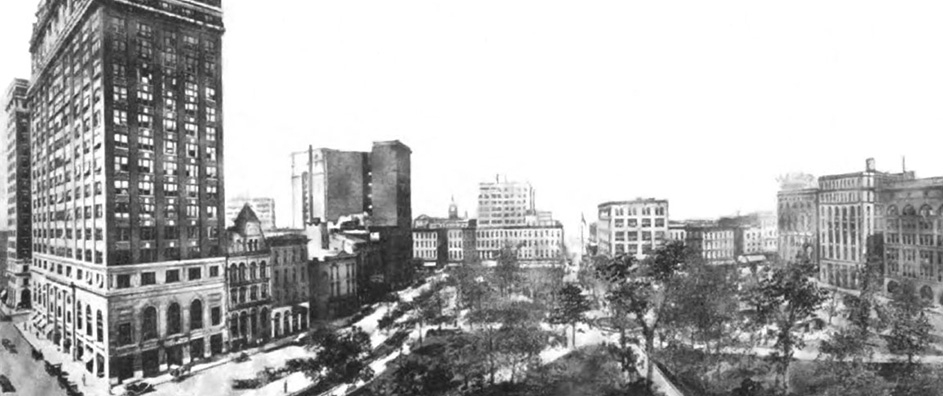









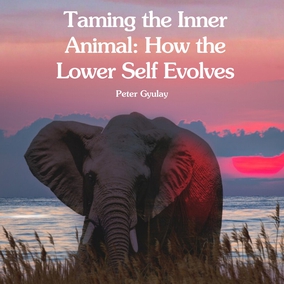

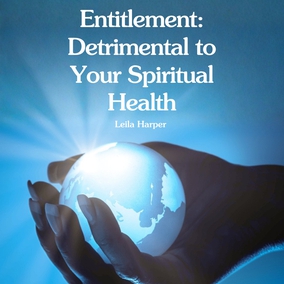

Comments
Sign in or create an account
Continue with Googleor